Foundation of Engineering Knowledge:
-
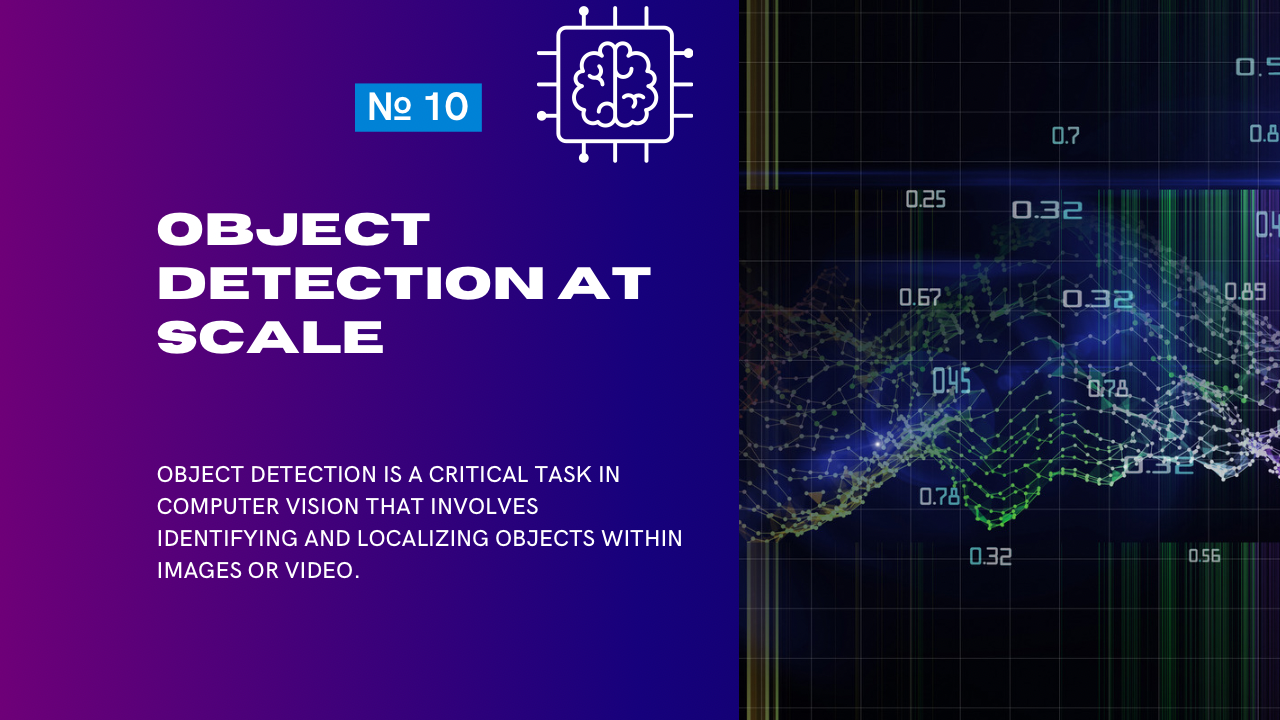
Object Detection at Scale: Comparing YOLOv7, Detectron2, and MMDetection
Object detection is a critical task in computer vision that involves identifying and localizing objects within images or video. When it comes to scaling object detection models for production, three prominent frameworks are frequently discussed: YOLOv7, Detectron2, and MMDetection. This comparison explores their architectures, strengths, weaknesses, and use cases. Overview of Frameworks Framework Description Best…
-
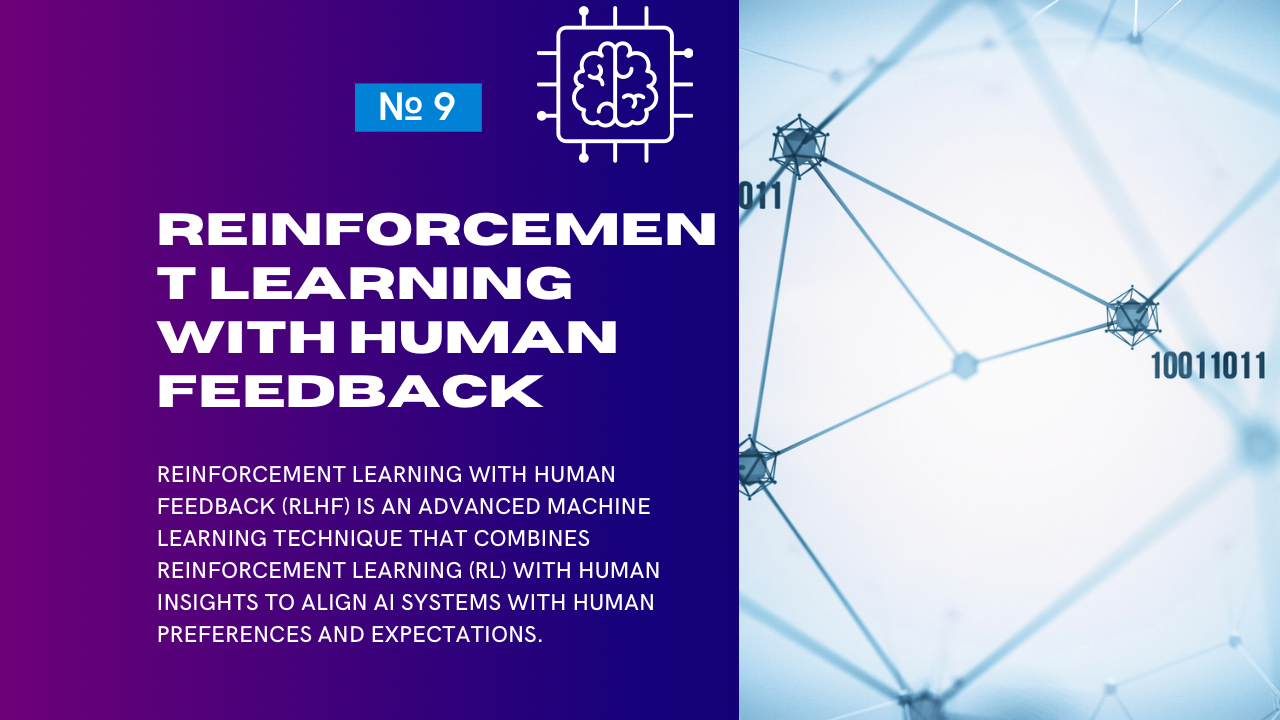
Reinforcement Learning with Human Feedback (RLHF): Applications in Recommendation Systems
Reinforcement Learning with Human Feedback (RLHF) is an advanced machine learning technique that combines reinforcement learning (RL) with human insights to align AI systems with human preferences and expectations. RLHF has gained significant attention for its ability to create more personalized, relevant, and user-friendly recommendation systems. What is RLHF? RLHF integrates human feedback into the…
-
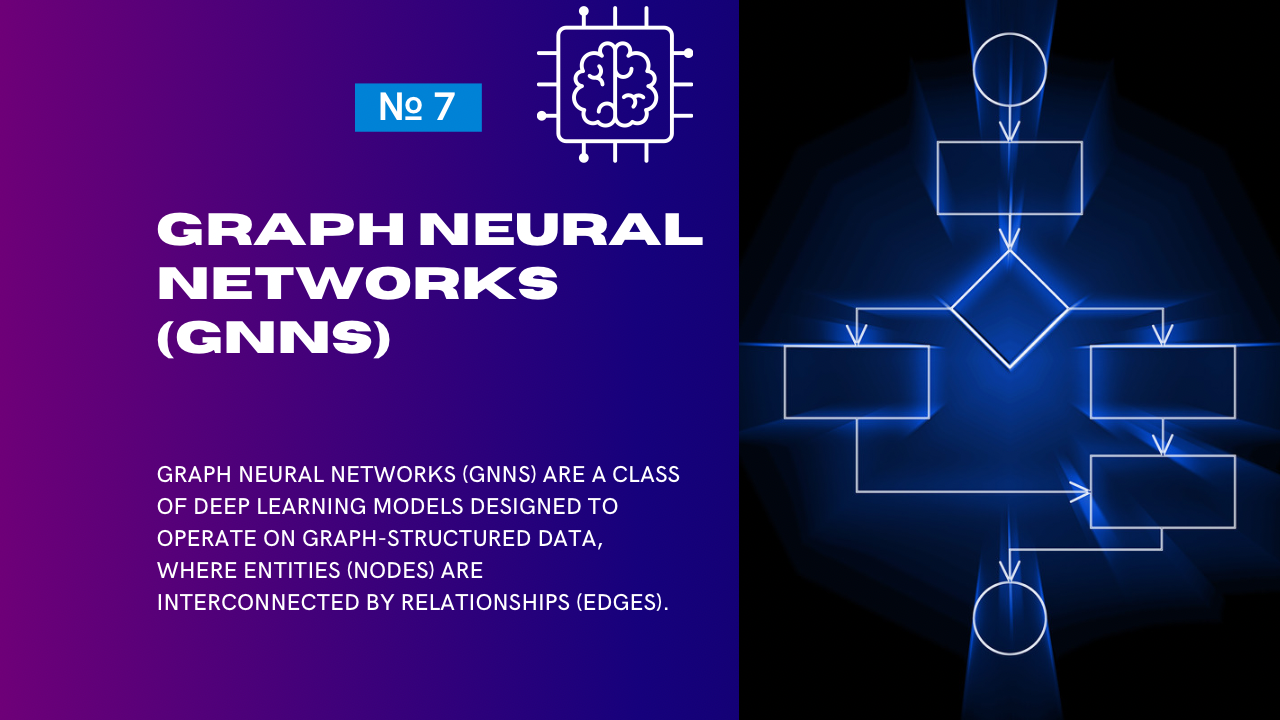
Graph Neural Networks (GNNs): Applications in Social Networks, Biology, and Logistics
Graph Neural Networks (GNNs) are a class of deep learning models designed to operate on graph-structured data, where entities (nodes) are interconnected by relationships (edges). Their ability to model complex relationships and dependencies makes them a powerful tool across various domains. Key Characteristics of GNNs Applications of GNNs 1. Social Networks GNNs are widely used…
-
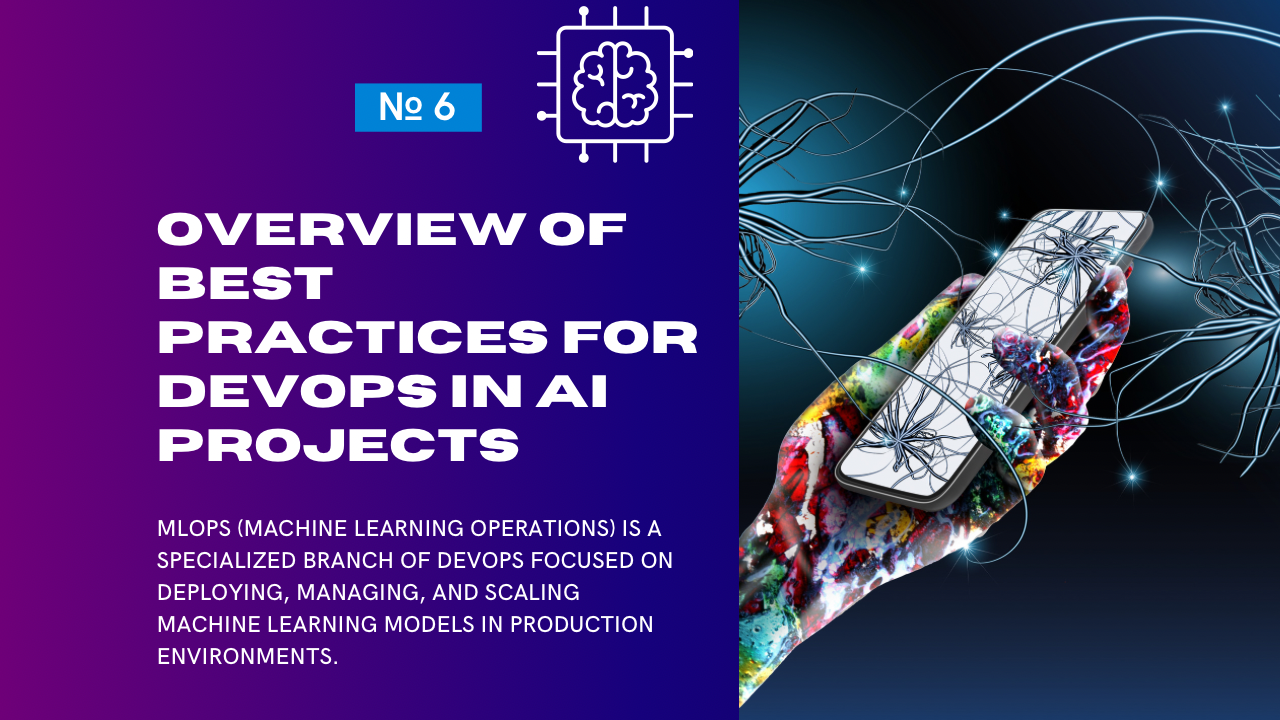
Overview of Best Practices for DevOps in AI Projects (MLOps)
Overview of Best Practices for DevOps in AI Projects (MLOps) MLOps (Machine Learning Operations) is a specialized branch of DevOps focused on deploying, managing, and scaling machine learning models in production environments. It ensures that AI projects remain efficient, scalable, and maintainable throughout their lifecycle. What is MLOps? MLOps combines machine learning, software engineering, and…
-

Perspectives on the Development of AGI (Artificial General Intelligence)
Here’s an overview of Perspectives on the Development of AGI (Artificial General Intelligence) with detailed sections and a table to summarize key points. What is AGI? Artificial General Intelligence (AGI) refers to an AI system capable of performing any intellectual task that a human can, with the ability to learn, reason, and adapt across a…
-
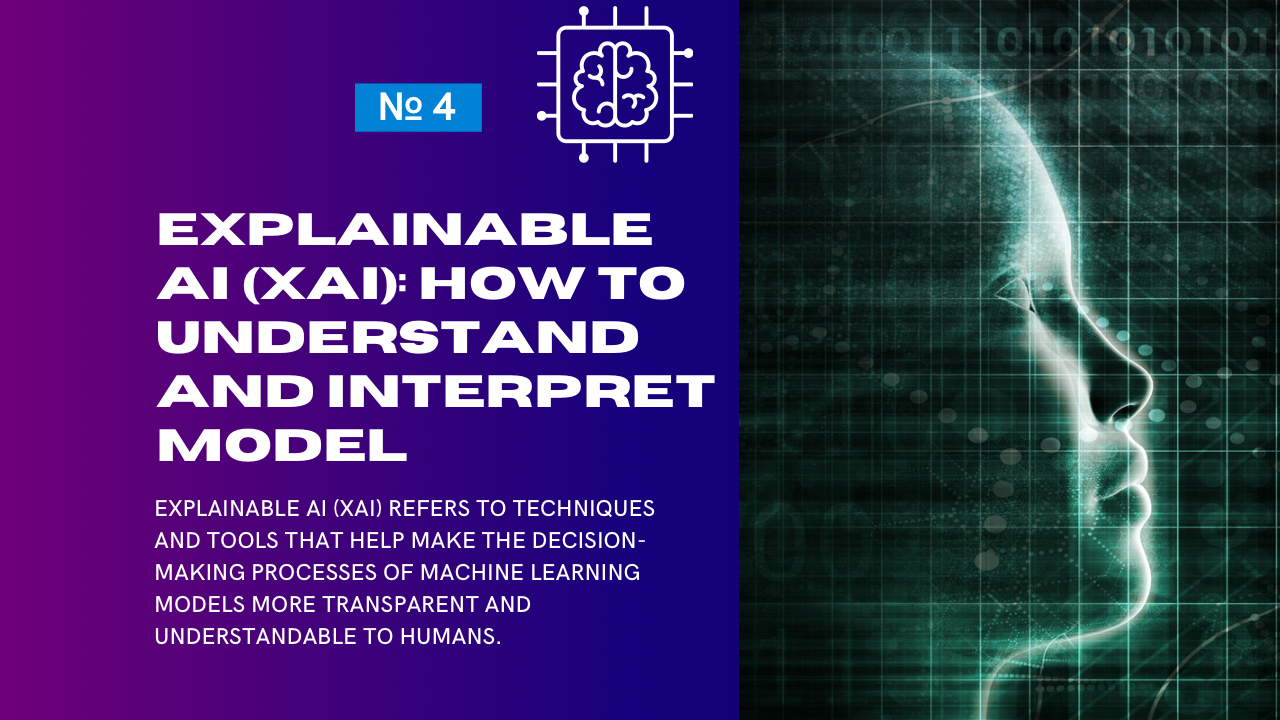
Explainable AI (XAI): How to Understand and Interpret Model Decisions
Explainable AI (XAI) refers to techniques and tools that help make the decision-making processes of machine learning models more transparent and understandable to humans. With the increasing complexity of AI systems, especially deep learning models, understanding how these systems arrive at their conclusions has become a critical challenge. Key aspects of XAI include: XAI not…
-

How Do Generative Models Work? From GANs to Diffusion Models
Generative models are a fascinating area of machine learning that focus on creating new data points based on patterns learned from existing datasets. Whether it’s generating realistic images, synthesizing audio, or creating coherent text, these models have redefined the boundaries of AI. In this article, we’ll explore the evolution of generative models, focusing on their…
-
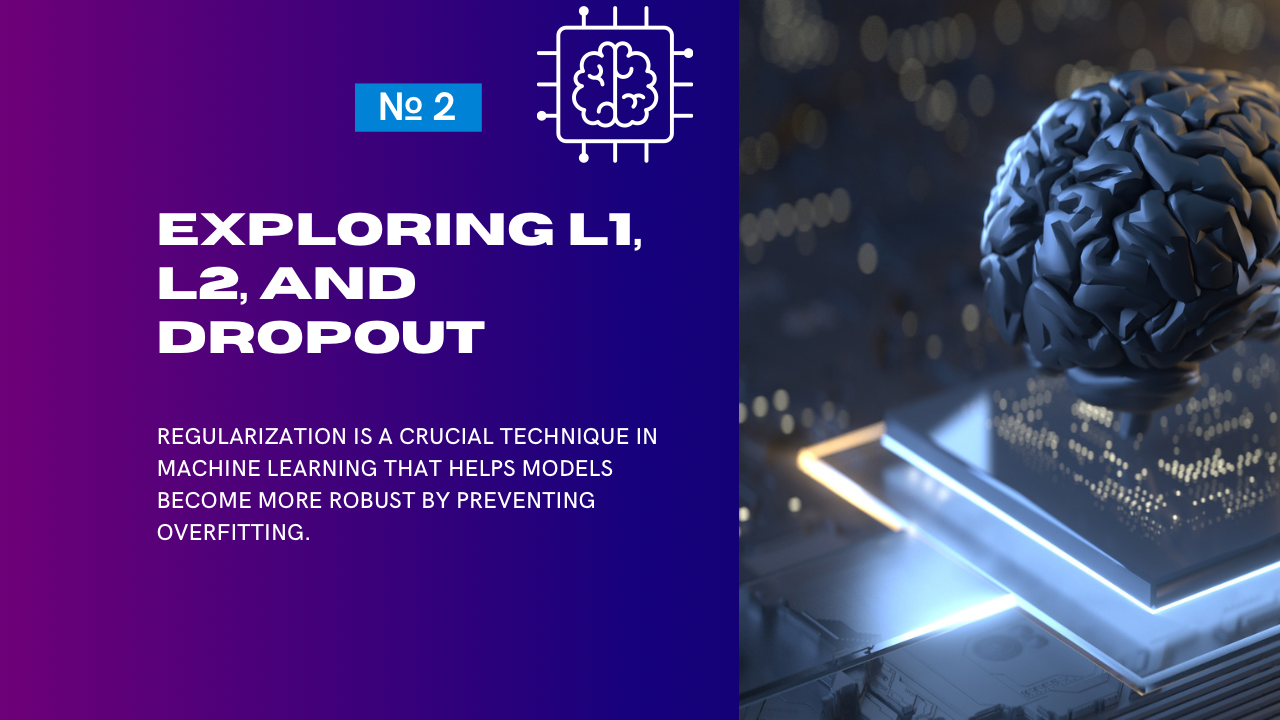
Why is Regularization Important? Exploring L1, L2, and Dropout
Regularization is a crucial technique in machine learning that helps models become more robust by preventing overfitting. Overfitting occurs when a model fits the training data too closely, including its noise and random patterns, which reduces its ability to generalize to new data. In this article, we’ll discuss why regularization is important and explore three…
-

Why Transformers Became the Standard in AI: From BERT to GPT-4
Over the past few years, transformers have revolutionized the field of artificial intelligence, becoming the backbone of state-of-the-art (SOTA) models for natural language processing (NLP), computer vision, and beyond. But what makes transformers so powerful, and why have they eclipsed previous architectures like RNNs and CNNs? In this article, we’ll explore the journey of transformers,…
-

Best Python Libraries for Image Processing: From OpenCV to PIL
Image processing is a fundamental task in fields like computer vision, machine learning, and artificial intelligence. Python offers a wide range of libraries that make working with images efficient and accessible. In this article, we’ll explore some of the best Python libraries for image processing, their unique features, and their typical use cases. 1. OpenCV…
What problem do you think AI is currently unable to solve but should learn to?